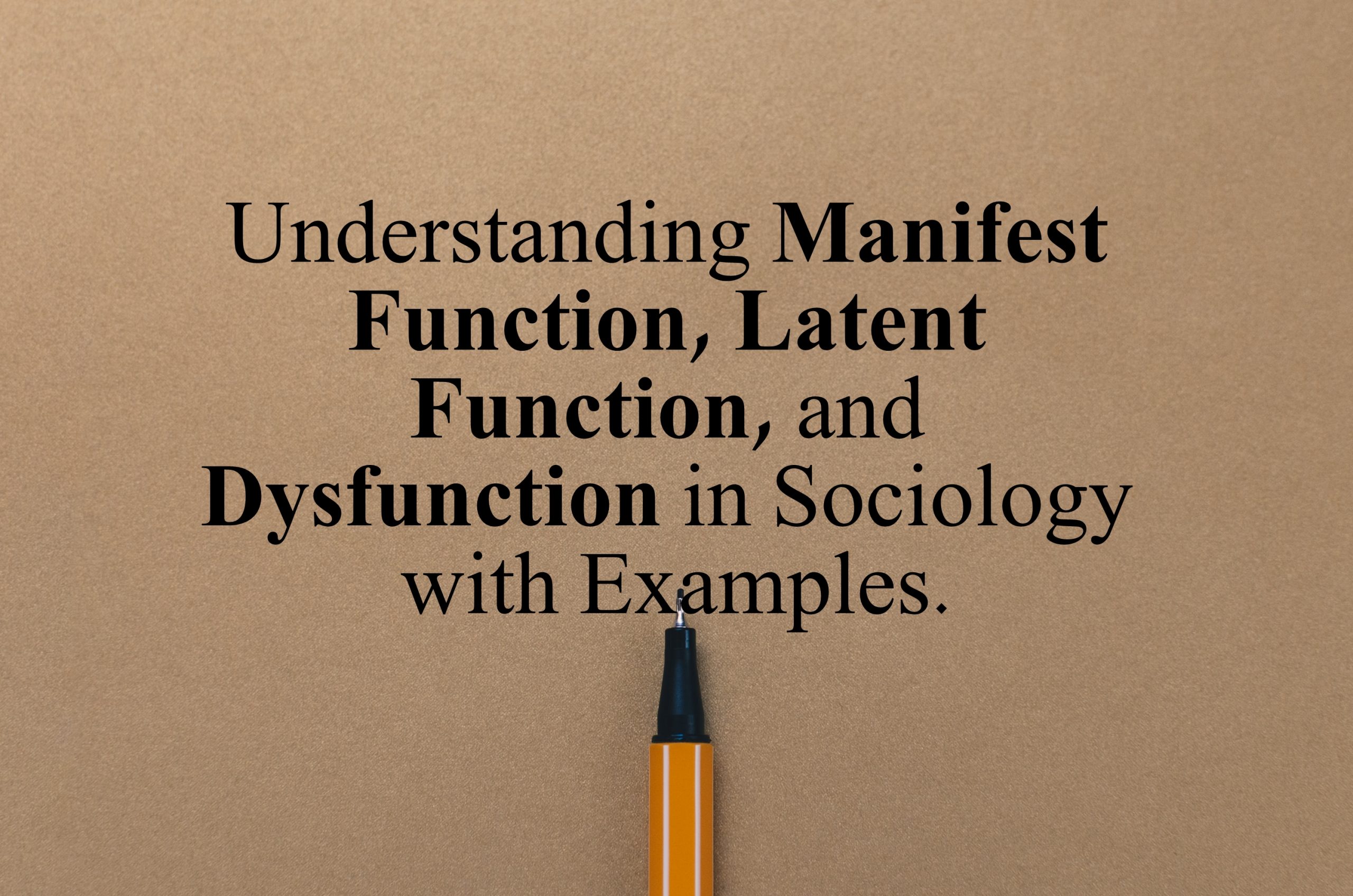An American sociologist Charles Horton Cooley gave the concept of Looking Glass Self in Human Nature and the Social Order. His ‘Looking Glass Self Theory’ explains how we shape our identity on the basis of social interactions.
Cooley explains that social interactions play a significant role in shaping self-identity. Our self-identity is shaped by how we appear in front of others. In other words, we see ourselves as to how we think about how others view us.
According to the theory, a person develops his identity in three steps. First, he imagines how he appears to the other person. Then, he imagines what judgments the other person has made about him based on his appearance. In the third step, he imagines what that person feels about him on the basis of the judgment he has made.
Understanding the Looking Glass Self Theory with Examples
A student would shape his identity on the basis of how his teachers interact with him. If they would pay attention to him in class and appreciate his performance, the student will see him as an intelligent and hardworking person. On the other hand, if the teachers would ignore him, it would make him shape his identity as a dull and awkward student.
Another significant point presented in Looking Glass Self theory is; that we do not equally value every social interaction and feedback. It means that we would value the feedback from our friends or class fellows more seriously than a stranger in the street. Similarly, getting ignored by neighbors would hurt our self-pride more than getting ignored by passengers on a bus.
Our identity is not fixed. A person usually wants to have a different identity in different social contexts. For instance, he would want to appear differently among his friends and his parents.
This can be illustrated as a person telling a story to his friends about how he managed to cheat in exams. By telling such details, he thinks he would appear to be smart and heroic to his friends. However, he would hide it from his parents. Because he would never like to appear as a cheater to his parents.
In short, we play an active role in trying to shape our identity in the way we want others to feel about us.
Limitations in Assessing our Identity
In his Looking Glass Self Theory, Cooley stresses that an individual plays an active role in assessing how others feel about him/her. But, we cannot know exactly how we actually appear to other people. All we can know is how we imagine we appear to other people. So, based on this perceived imagination we shape our identity.
Cooley says that our perceptions can highly be inaccurate. This fact also applies to how we feel what others are feeling about us based on the judgment they have made about us. Thus, one’s self-image is shaped by others, but through the mediation of one’s mind.
Looking Glass Self Theory vis-à-vis Social Media
Social media like Facebook, Twitter, Instagram, etc. acts as a mirror to users where they can shape their identity the way they want. It can also act as multiple mirrors for people to see their different self-images.
For example, a person may appear professional on Twitter, but casual on Facebook. One can have multiple identities on different social media platforms.
The way people interact and receive responses in the form of likes, comments, etc. shapes their identities. A person with many friends and followers can see himself as a celebrity. On the other hand, someone with very few social media friends and followers would mirror himself as a boring person.
Moreover, a person’s image on social media also impacts his real life. For example, all TikTok stars are still treated as stars or celebrities with a huge fan following in real life.
Wrapping up
To sum up the whole discussion, the Looking Glass Self theory explains how we see our image or identity on the basis of socialization. This identity is not constant, rather it differs in different settings.
Thus, every individual plays an active role to shape his identity the way he wants it to be.
⇒ Read More on Sociology







Leave a Comment